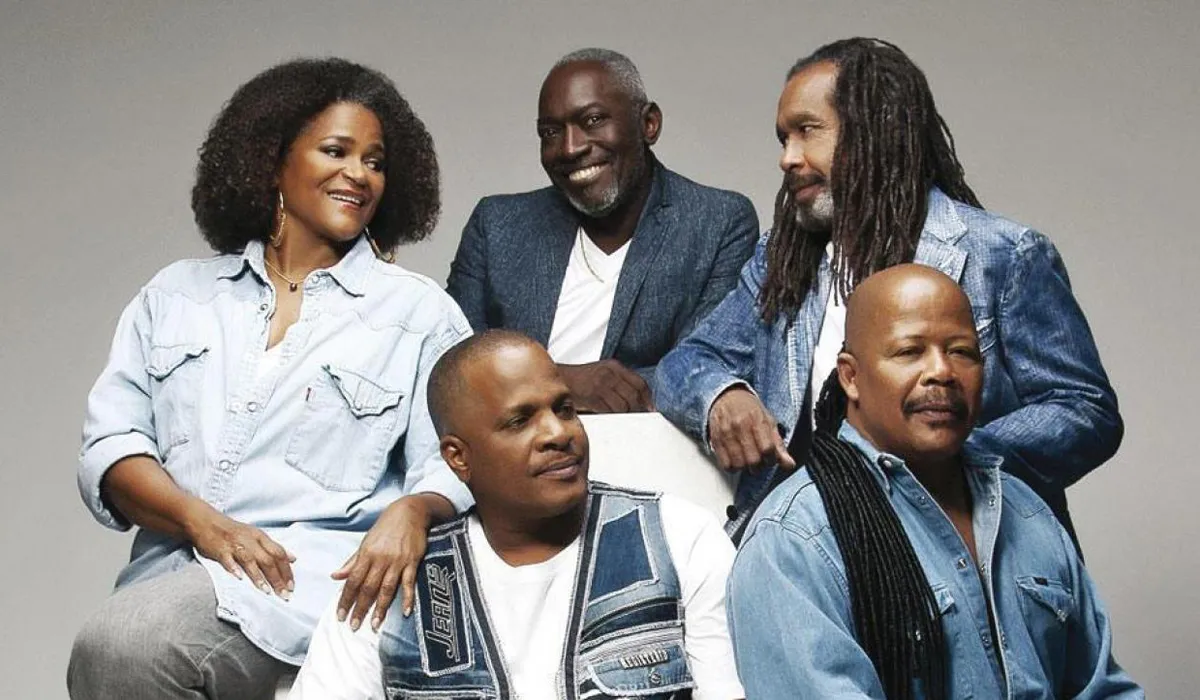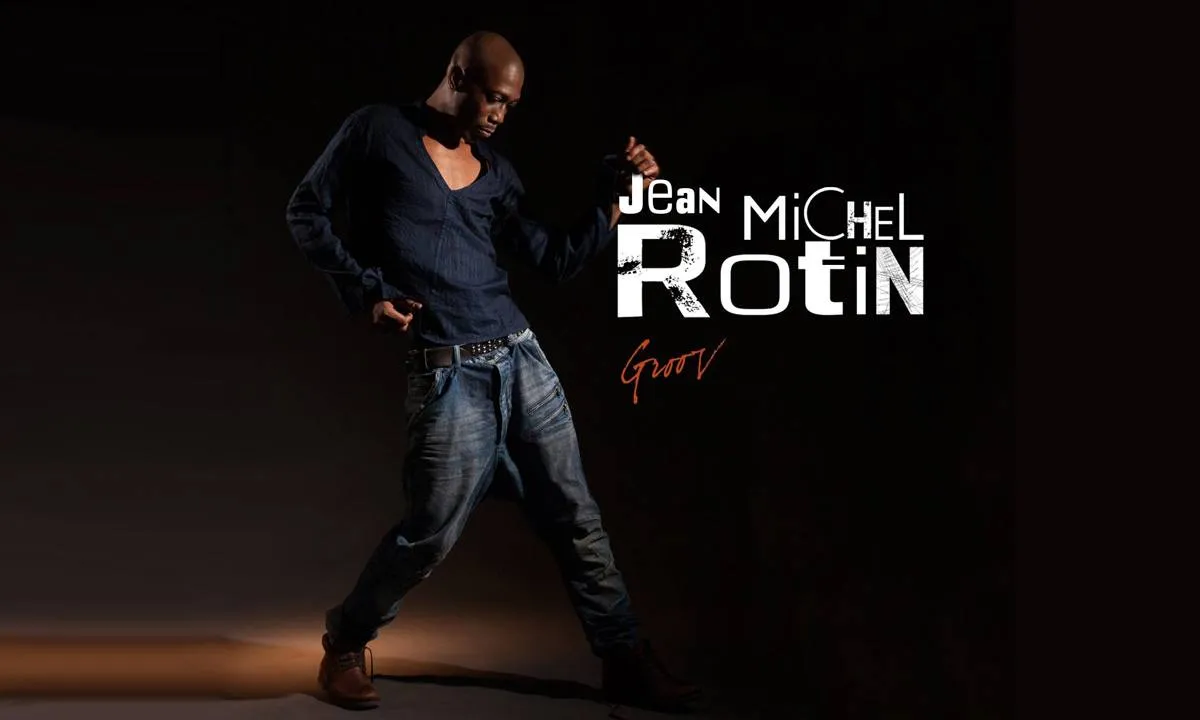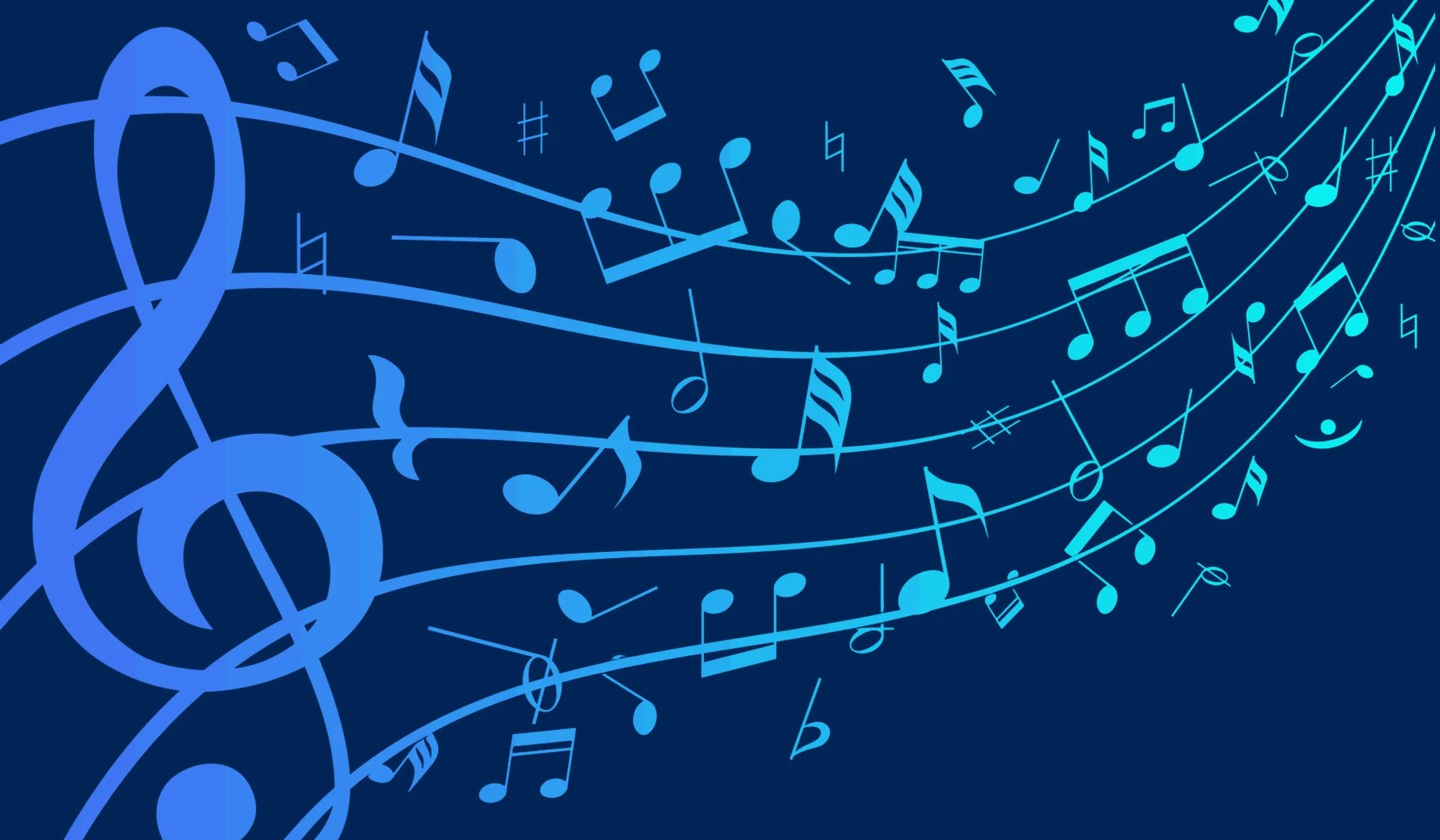The zouk

We locate the birth of zouk in 1974 with a group as its origin: Kassav! Zouk is a music with diverse origins, Caribbean inspiration, and which today is one of the cements of West Indian identity. Symbolically, it is the emancipation of a people who knew how to invent their own music, their dances, and, more broadly, their culture. The word "zouk," which only appeared to identify it in the 1980s, was once used to designate dance places reserved for the poorest, according to Martinican percussionist Henri Guédon. Even earlier, at the beginning of the 20th century, it was to qualify as a "hot ball".
Today, zouk is a musical genre originating in the French West Indies (Guadeloupe and Martinique) and French Guiana, popularized in Europe by the West Indian group Kassav, with in particular its hits "Zouk la sé sèl médikaman nou ni" or " Syé bwa”. Note that the Creole word "zouker" means "to shake".
The birth of zouk begins with the creation of the Kassav group. For most West Indians, it is this group that created the fundamental bases and gave its musical color to zouk. At the time, the most popular rhythms were the Guadeloupe gwo ka, the biguine, the compass, the kadans, and the music of the “vidés” (sustained rhythm leading to carnival parades).
The zouk draws its tones from the kad in a type of music popularized by the Haitian saxophonist Webert Sicot, and which was played by Simon Jurad, the groups the Aiglons, the Vikings, and Experience 7. In 1980, Pierre-Édouard Décimus, then a musician in the Guadeloupe Kadan group "Les Vikings" since the 1960s, decided with Freddy Marshall and other West Indian musicians to experiment with new sounds. Very attached to popular carnival music, Décimus seeks to adapt it to modern musical techniques. They recruited Jacob Desvarieux, then confirmed studio guitarist, and Georges Décimus, brother of Pierre-Édouard, bassist.
The group is formed gradually. They returned to the studio in November 1980, and Kassav's first album, “Love and Ka”, appeared at the beginning of 1981. Alongside the kadans, a new musical genre was born, the concrete zouk, but it would not last. Kassav brought new sounds, especially at the level of basses, keyboards, and brass, giving this music an air of modernity, of celebration, lively and dancing music in short. In the 1980s, the group enjoyed tremendous success. Jocelyne Béroard, Jean-Philippe Marthély, Patrick Saint-Éloi and Jean-Claude Naimro arrive later. The groups thus completed play music marked by the diversity of its members.
This collaboration between these artists leads to a style nourished by multiple influences, open and constituting a full musical approach, breaking with the West Indian music of the time. Other musicians will then follow Kassav's example and bring this music to life all over the world. Kassav's success grew to the point of receiving the Platinum record after one million records worldwide in 1989.
Other artists emerged in Kassav's horizon, such as Francky Vincent and his “fruit de la passion”, Zouk Machine, whose title “mal'don” remained number 1 in the French Top 50 for fourteen weeks.
The booming zouk was growing and would transform, allowing it to expand its audience. New trends with zouk as their origin are gradually appearing, like zouk love.
Zouk love was characterized by a change of tempo, much slower than in the original zouk. The enthusiasm was very quickly strong, especially among young people. It is the equivalent of French slow with a swaying and languid side. This innovative dance, full of sensuality, quality, went hand in hand with texts dealing most often with love or relationships between men and women.

Later, a new style of zouk will arrive, the R'n'B zouk under the influence of American music, which is enjoying international success. Jean-Michel Rotin is one of the first to have launched this new trend with his song “lè ou love”. He also stands out in his way of dancing the break to his own music from the zouk current. Subsequently, many artists are interested in this new variation of zouk, taking advantage of the R'n'B trend and the rap of the 1990s. Rapped passages are added to the songs always at the same original zouk tempo.
Zouk ragga was a trend that immediately appealed to young people. It is a mixture of raggamuffin and zouk. The artists Don Miguel and Daddy Harry are the first to launch this movement in the West Indies.
Despite all these variances, the original zouk from the early days, called today “zouk rétro”, fills nightclubs, all generations being a little nostalgic for this zouk of yesteryear (from the 1990s).
Zouk artists:
Kassav, Zouk Machine, Francky Vincent, Joëlle Ursull, Expérience 7, Albéric Louison, Éric Virgal, Richard Birman, Jean-Michel Jean-Louis, Patrick André, Eric Dihal, Chris Locard, Chiktay, Alex Catherine, Gilles Floro, Princess Lover, Leila Chicot, Fanny J, Harry Diboula, Dominique Lorté, Jocelyne Labylle, Jocelyne Varane, etc...

